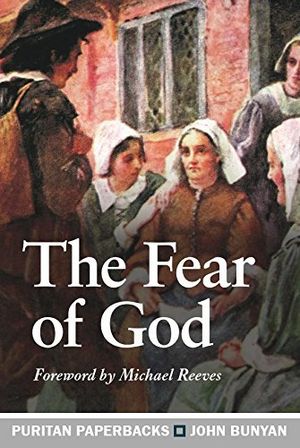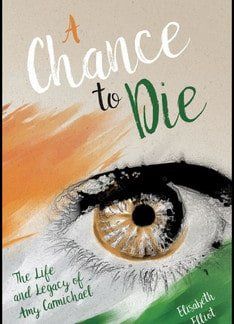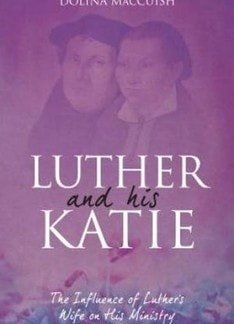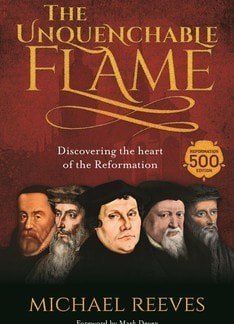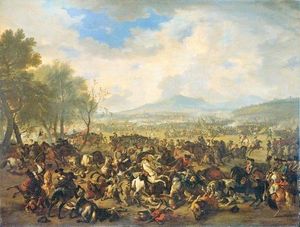God’s Grace in sorrow and danger
Fourteen-year-old Catherine Willoughby was eagerly anticipating her marriage to eighteen-year-old Henry Brandon. Henry, only son of Sir Charles Brandon and Mary Rose (Henry VIII’s favourite sister), was in direct line for the throne of England – second only to Henry VIII’s daughter Mary.
Catherine, herself a wealthy heiress, was also descended from royalty. Born in 1519, she had lived with the Brandon family since her father died when she was only seven. As her guardian, Sir Charles had grown fond of Catherine, who lived happily alongside his three children, Henry, Frances and Eleanor.
But shortly after Frances married Henry Grey, Marquess of Dorset, the family was shocked by the untimely death of Mary Rose. A costly royal funeral followed which left Sir Charles acutely short of money, especially as he had already had to fund an expensive dowry for Frances.
Fearless advocate
A few months later, and to the astonishment of all, Sir Charles coolly announced that he had decided to marry Catherine himself. He was forty-eight and she only fourteen. Clearly he needed her fortune, the gossips whispered maliciously.
His son Henry, who had been Catherine’s intended husband, was so shocked that he became seriously ill and died – only a few months after his father and Catherine were married.
We can only imagine Catherine’s feelings, but already the girl was beginning to know a source of inner and spiritual strength. In 1517, two years before she was born, Martin Luther had nailed his ninety-five theses to the door of the Wittenberg church – and the Reformation had been born.
The circumstances of Catherine’s life brought her into contact with this ‘new religion’ as it was dubbed, and she would live to become a fearless advocate for the great biblical truths it enshrined.
Principles of faith
Shortly after her fifteenth birthday, Catherine’s first baby, Henry, was born, and the following year a second boy, Charles. Glimpses of Sir Charles and his young wife appear in the chronicles of the times as they were present on many royal occasions.
When the unfortunate Anne of Cleves, Henry VIII’s rejected fourth wife, arrived in Rochester in 1540 they were among the welcoming party. And they were entertaining the King when the infidelities of Catherine Howard – the King’s capricious fifth wife, his ‘rose without a thorn’ – came to light.
But in 1545, when Catherine Brandon was still only twenty-six, Sir Charles, now aged sixty-two, died, leaving her with two young sons. A conscientious and devoted mother, Catherine poured all her affection on her boys and taught them the principles of faith that had upheld her own life.
The brothers joined the boy-king Edward VI in the royal schoolroom and Henry became one of Edward’s closest friends. Often Catherine’s sons would visit Bradgate Park, for they were close in age to their niece, the precocious Lady Jane Grey, eldest daughter of Frances and Henry Grey. Both Henry and Charles grew into fine and capable young men.
Animosity
After the death of her husband Catherine joined the royal court in London as a lady-in-waiting to Henry’s sixth wife, Katherine Parr, whom he had married in 1543. The fate of any of Henry’s wives was precarious – particularly with the ruthless Bishop Stephen Gardiner as one of Henry’s foremost advisers.
A hater of evangelical truth, Gardiner did all in his power to crush the cause of true religion in the land. Great was his animosity when he learnt that the new Queen would gather her ladies-in-waiting around her to study the Scriptures. Bishop Hugh Latimer, already a close friend of Catherine Brandon’s, was often invited to preach to the royal ladies.
Known for her sharp wit, the new lady-in-waiting won no favours from the pompous Gardiner, particularly when she decided to call her small poodle ‘Gardiner’. He knew well that it was a joke at his expense, especially when the little dog would sit obediently at her feet.
But Gardiner was no poodle. He helped to engineer the fearful torture and martyrdom of Anne Askew, another of the Queen’s ladies-in-waiting, whose unswerving support for the gospel cost her dearly.
Supreme sorrow
In 1551 came Catherine’s supreme sorrow. The ‘sweating sickness’ was stalking the land. No one knew the cause of this dread disease, but hundreds of thousands fell victim to the all-consuming scourge. First came a blinding headache, followed by the profuse sweat that gave the condition its name. Death could follow in a matter of hours.
The young King Edward and his court were hastily evacuated to the country. Henry and Charles Brandon were both students at St John’s College, Cambridge, at the time – Henry almost twenty and his brother nineteen.
As soon as Catherine heard that the disease had reached Cambridge she immediately ordered her sons to her village home in Buckden not far away. But it was too late. By the time Catherine herself arrived, Henry was dead and Charles already unconscious. He died shortly after his brother. In one tragic hour Catherine had lost both her boys. The nation mourned the death of two of its brightest and most promising citizens.
Sustained by faith
How did the grieving mother’s faith sustain her in those darkest moments? A letter has survived which she wrote to Sir William Cecil, later to be the renowned Lord Burleigh of Elizabeth’s reign. This letter reveals the depth of Catherine’s understanding of the providence of God:
‘I give God thanks, good Master Cecil, for all his benefits which it has pleased him to heap on me; and truly, I take this last (and to the first sight most sharp and bitter punishment) as not the least of his benefits. I have never been so well taught by any other before to know his power, his love and mercy and my own weakness’.
But this was not triumphalism, for Catherine went on to confess that though she had received ‘great comfort’ from the Lord, and would much like to visit Sir William and his wife, she dared not trust herself to do so – in case her grief should overwhelm her and she should break down and weep in their presence.
Fleeing to Europe
Early in 1553, about two years after the death of her sons, Catherine Brandon remarried. A commoner and a staunch supporter of Protestant truths, Sir Richard Bertie was one who could give Catherine what she had always longed for – a secluded life away from the glare of court society.
But only a few short months later, Edward VI’s brief reign came to an end, and the tragedy of Lady Jane Grey, Catherine’s young relative, unfolded. After Mary Tudor claimed her father’s throne, and Jane had courageously endured the executioner’s axe, Catherine and Sir Richard knew that they too were marked for destruction. For who should be restored to power as Lord Chancellor under Mary but Bishop Stephen Gardiner! Together with his co-persecutor Bishop Edmund Bonner, he complied with Mary’s command to stamp out the Protestant faith.
Gathering a few belongings together and wrapping up her new baby, Susan, Catherine fled, sailing down the Thames on New Year’s Day 1555. Meeting up with Sir Richard, they took ship for the Netherlands.
They had not gone far, however, before they were hopelessly lost in dense fog. After near disaster, the small family landed friendless in the Netherlands. Still afraid that Mary’s agents might be on their track, they made their way to Germany, arriving penniless in Wesel.
Watched over by God
Catherine, now thirty-six, was not used to such deprivations. Unable to speak German, they were destitute indeed. At last they found shelter in the porch of a church. But the God who cares for his people was watching over the fugitive family and the next day when Richard knocked at a nearby house to beg for shelter, it proved to be the home of an English pastor, who kindly took them in.
After a brief respite they travelled on, now with the convenience of a covered wagon, their ultimate destination being Poland, then a Protestant state. Arriving there at last, King Sigismund welcomed the family.
Soon a son was born to Catherine whom the couple called Peregrine – for this infant was a child of their homelessness and peregrinations. For the next four years Catherine and Richard remained in Poland, even helping their benefactor to govern the province of Lithuania.
Hope in God
At last in 1558 came the welcome news that Bloody Mary, responsible for almost three hundred appalling martyrdoms, was dead and Elizabeth was on the throne. The exiles returned to England.
During her remaining twenty-one years of life, Catherine agitated constantly for a fuller reformation of the church, for Elizabeth’s compromises troubled and distressed her. Catherine could well be called one of the very first Puritan women.
Another letter to Sir William Cecil sums up Catherine’s trust and devotion to the Saviour she had revered from childhood: ‘God … works all the best to them that love and fear him. Were not this hope of him thoroughly settled in me, I think my very heart would burst for sorrow’.




